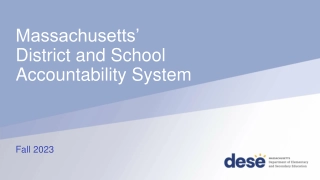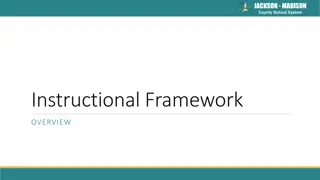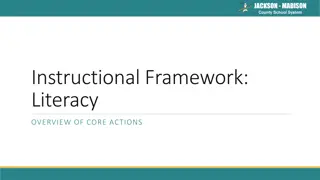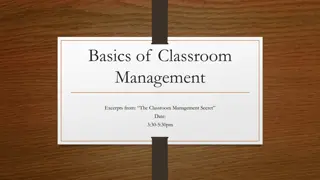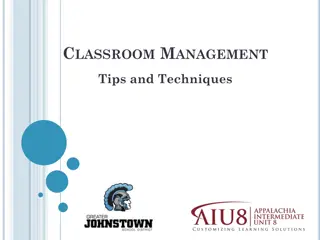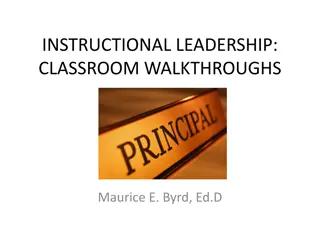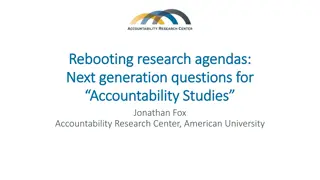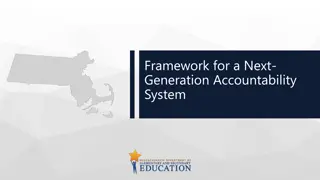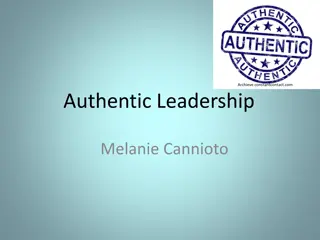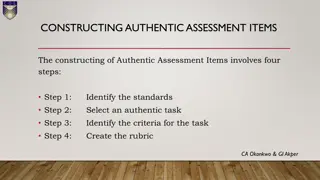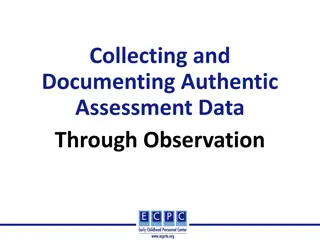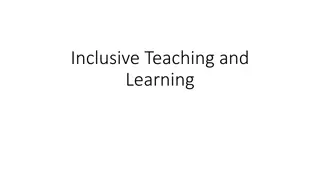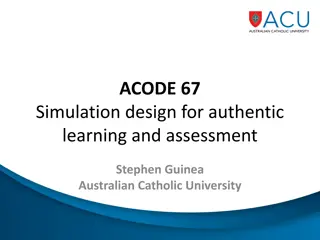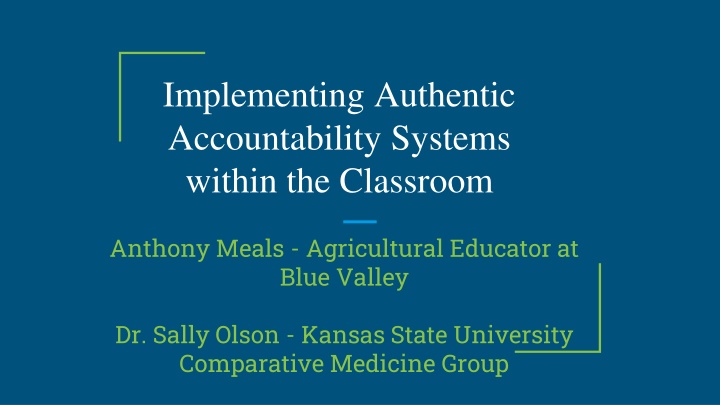
Implementing Authentic Accountability Systems for Student Success
Explore the implementation of authentic accountability systems within the classroom to prepare students for the real world of work, instill work ethic, and foster self-awareness and responsibility. Learn about the Animal Science Audit System and strategies to create student accountability.
Download Presentation

Please find below an Image/Link to download the presentation.
The content on the website is provided AS IS for your information and personal use only. It may not be sold, licensed, or shared on other websites without obtaining consent from the author. If you encounter any issues during the download, it is possible that the publisher has removed the file from their server.
You are allowed to download the files provided on this website for personal or commercial use, subject to the condition that they are used lawfully. All files are the property of their respective owners.
The content on the website is provided AS IS for your information and personal use only. It may not be sold, licensed, or shared on other websites without obtaining consent from the author.
E N D
Presentation Transcript
Implementing Authentic Accountability Systems within the Classroom Anthony Meals - Agricultural Educator at Blue Valley Dr. Sally Olson - Kansas State University Comparative Medicine Group
Authentic Accountability?? Key Questions: - - How do we prepare students for the real world of work? How do we instill a sense of work ethic and responsibility in a way that is measurable and trackable? How do we help students become self-aware of the importance of their personal responsibility and help hold them accountable to that responsibility? - Not easy questions to answer!!
Animal Science Audit System A system used in Animal Science class to create student accountability for the care of animals in our agricultural education program. Developed in conjunction with Dr. Olson as our community partner, who also served on our Advisory Committee. Modeled to a similar system used at K-State University.
Work Session #1 - Identify Program Aspect We each work in a CTE environment that would be conducive to this type of approach with students. Take 5-10 minutes to brainstorm on your workshop guide about what aspects of your program would you use with an accountability system? Also identify a possible community partner you could work with. We will allow for share time at the conclusion of the brainstorm.
Structure of the Animal Science Audit System A system built on Standard Operating Procedures (SOPs). Why SOPs and how we use them. Students take the first unit to identify basic SOPs in regards to the care of animals.
Components of Audit System Daily Records and Care Logs Self-Audits Peer Audits Unannounced Visitation Audit
Sample Quality Control Form
Work Session #2 - Creating System Structure Using our case study as a guide take some time to brainstorm about how you might be able to structure an audit system in your classroom? Let s take 15 minutes to brainstorm and share our thoughts. Questions to consider: How will students determine what SOPs to audit? How often will you use each form of audit? How will this become reflected in their grades? How will you gain buy-in to the system from students, parents, and admins?
Our Results --- 1st Semester Trial --Spring 2017 Student Push-back Work Ethic is a crock pot not a microwave Partial audit system used 2nd Semester Trial --Fall 2017 Change in language Establishment of routine Full audit system used
Next Steps for Audit System Create a rating system that can be posted above student care logs based on peer and unannounced audit scores. Students who earn consistent high quality ratings throughout the semester will receive a small Animal Science Scholarship at Chapter Banquet. An Animal Science Manager (especially after construction of new facility).
Work Session #3 - Audit System Evaluation Using our case study as a guide take some time to brainstorm about how you might evaluate your audit program? Let s take 5 -10 minutes to brainstorm and share our thoughts. Questions to consider: What will a successful implementation of my audit system look like in the classroom? What qualitative and/or quantitative measures could I collect to determine the system s efficacy? How will I determine what steps I need to take next?

